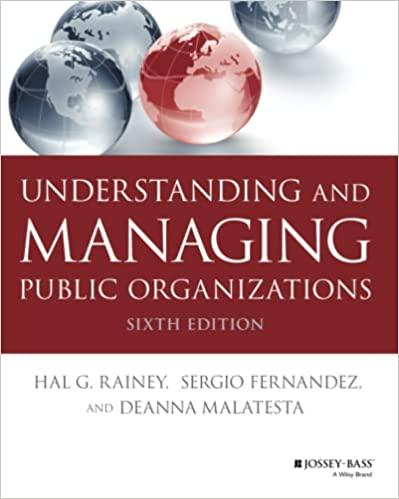Question
(JCL Inc.) JCL Inc. is a major chip-manufacturing firm that sells its products to computer manufacturers like Dell, HP, and others. In simplified terms, chip
(JCL Inc.) JCL Inc. is a major chip-manufacturing firm that sells its products to computer manufacturers like Dell, HP, and others. In simplified terms, chip making at JCL Inc. involves three basic operations: depositing, patterning, and etching.
Depositing: Using chemical vapor deposition (CVD) technology, an insulating material is deposited on the wafer surface, forming a thin layer of solid material on the chip.
Patterning: Photolithography projects a microscopic circuit pattern on the wafer surface, which has a light-sensitive chemical like the emulsion on photographic film. It is repeated many times as each layer of the chip is built.
Etching: Etching removes selected material from the chip surface to create the device structures.
The following table lists the required processing times and setup times at each of the steps. There is unlimited space for buffer inventory between these steps. Assume that the unit of production is a wafer, from which individual chips are cut at a later stage.
Note: A Setup can only begin once the batch has arrived at the machine.
| Process Step | 1 Depositing | 2 Pattering | 3 Etching |
| Setup Time | 45 min. | 30 min. | 20 min. |
| Processing Time | 0.15 min./unit | 0.25 min/unit | 0.2 min/unit |
a. What is the process capacity in units per hour with a batch size of 100 wafers?
| A. 109 units/hour |
| B. 150 units/hour |
| C. 100 units/hour |
| D. Cannot be determined |
b. For the current batch size of 100 wafers, how long would it take to produce 50 wafers? Assume that the batch needs to stay together during deposition and patterning (i.e., the firm does not work with transfer batches that are less than production batch). However, the 50 wafers can leave the process the moment all 50 wafers have passed through the etching stage. Recall that a setup can only be started upon the arrival of the batch at the machine.
| A. Batch Size >= 100 units |
| B. Batch Size >= 150 units |
| C. Batch Size >= 120 units |
| D. Batch Size >= 160 units |
c. For what batch size is step 3 (etching) the bottleneck?
| A. Cannot be determined |
| B. Step 3 can never be a bottleneck |
| C. 100 units |
| D. 150 units |
d. Suppose JCL Inc. came up with a new technology that eliminated the setup time for step 1(deposition), but increased the processing time to 0.45 min./unit. What would be the batch size you would choose so as to maximize the overall capacity of the process, assuming all units of a batch stay together for the entire process?
| A. 105 mins |
| B. 120 mins |
| C. 135 mins |
| D. 145 mins. |
Step by Step Solution
There are 3 Steps involved in it
Step: 1

Get Instant Access to Expert-Tailored Solutions
See step-by-step solutions with expert insights and AI powered tools for academic success
Step: 2

Step: 3

Ace Your Homework with AI
Get the answers you need in no time with our AI-driven, step-by-step assistance
Get Started


